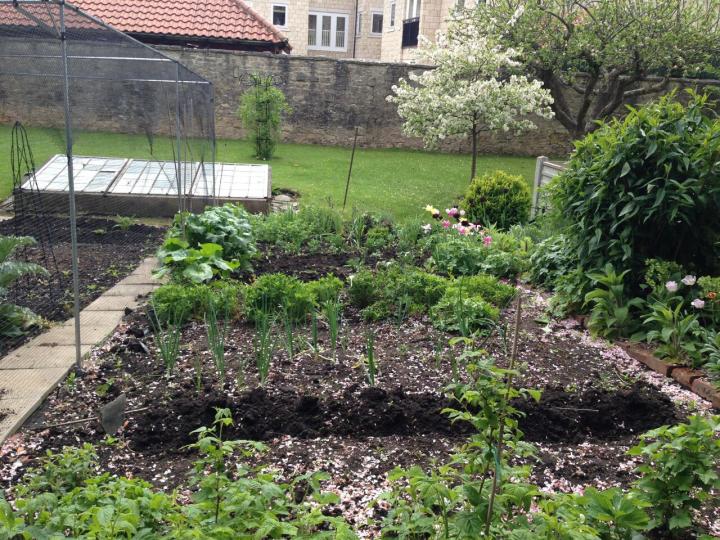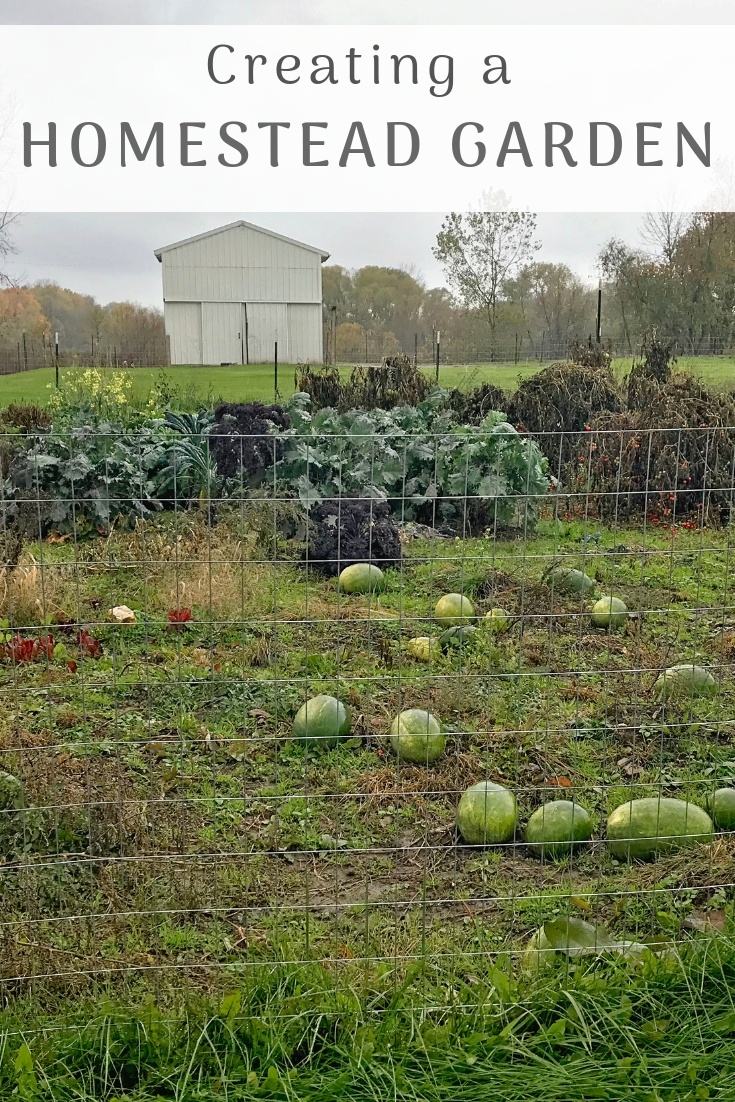Enhance Your Outdoor Location With Creative Gardening Styles and Designs
By exploring different styles, such as the charming informality of home gardens or the minimalism of modern-day appearances, one can significantly elevate the setting of their surroundings. Additionally, integrating vertical gardening methods and lasting practices not just improves aesthetic allure however additionally promotes environmental consciousness.

Home Yard Beauty
Cottage yards, typically characterized by their lush, informal formats, embrace a harmonious blend of natural herbs, veggies, and flowers, creating a vibrant tapestry of color and fragrance. This standard gardening design dates back to the late 19th century, coming from England, and is treasured for its lovely, charming charm.
Crucial element of cottage yards include using seasonal plants, climbing up vines, and self-seeding annuals, which add to an ever-evolving landscape. Growing in thick collections motivates a naturalistic look, permitting for an eclectic mix of textures and shades. Popular blossoms such as hollyhocks, foxgloves, and delphiniums intermingle with fragrant natural herbs like lavender and rosemary, enhancing sensory experiences while advertising biodiversity.
Incorporating rustic functions, such as weathered trellises, wood fencings, or rock pathways, further improves the aesthetic of a home garden. This design not just prioritizes appeal but also welcomes sustainability, as many plants are chosen for their capacity to bring in pollinators and provide food. Inevitably, the home yard charm depends on its loosened up, inviting environment, encouraging a deep connection with nature while offering an ideal retreat for leisure and satisfaction.
Modern Landscape Visual Appeals
While the appeal of cottage yards stimulates a sense of nostalgia and whimsy, modern-day landscape visual appeals embrace an even more structured and minimal technique. This modern style highlights simplicity, functionality, and a combination with the surrounding atmosphere. Tidy lines, geometric shapes, and a limited color palette characterize contemporary landscaping, permitting nature's appeal to take spotlight without unneeded interruptions.
Products play a critical role in achieving this visual. Concrete, metal, and natural stone are regularly made use of to produce hardscapes that match the landscape instead of overwhelm it. Furthermore, the cautious option of plants is essential; ornamental turfs and indigenous species are frequently preferred for their reduced maintenance and capacity to flourish in regional problems.
Water attributes, such as sleek fish ponds or showing pools, are also indispensable to modern-day designs, offering serenity and a prime focus. Sustainable techniques, consisting of xeriscaping and making use of absorptive materials, improve the eco-friendly responsibility of contemporary landscaping. Ultimately, contemporary landscape aesthetics supply a chance to develop peaceful outdoor spaces that show modern worths while fostering a much deeper link to nature.
Upright Horticulture Technologies
Vertical gardening technologies have revolutionized the way we approach horticulture in restricted areas, allowing the growing of plants in urban settings where ground room is scarce. These ingenious techniques and frameworks permit garden enthusiasts to optimize upright surface areas, transforming wall surfaces, fencings, and even porches into lavish green areas.
One noticeable innovation is making use of modular systems, which consist of interlocking panels that can be quickly mounted and repositioned - Homestead Gardening. These panels often come equipped with integrated watering systems, guaranteeing that plants receive appropriate dampness while lessening water waste. Furthermore, vertical gardens can incorporate a variety of plants, from flowering species to edible herbs, promoting biodiversity and boosting appearances
An additional notable advancement is the integration of clever technology, such as sensors that keep an eye on dirt wetness and nutrient degrees. This technology permits accurate treatment tailored to the demands of private plants, guaranteeing optimal development and health. Vertical planters and lightweight materials made from recycled products add to sustainability while reducing the physical problem of traditional horticulture.
Lasting Gardening Practices
Lasting horticulture methods have become a vital method for gardeners looking for to decrease their ecological influence while boosting the health of their ecological communities. These methods concentrate on the careful management of natural resources, advertising biodiversity, and promoting a durable landscape.
One crucial element of lasting horticulture is soil health and wellness. Using organic garden compost, mulching, and crop rotation enriches the dirt, promoting valuable microbes and minimizing the demand for chemical fertilizers. In addition, indigenous plants are encouraged, as they require less water and are a lot more immune to neighborhood pests, hence minimizing reliance on chemicals.

Furthermore, sustainable horticulture urges using recycled products for yard frameworks and paths, decreasing waste and environmental influence. By adopting these techniques, garden enthusiasts can create a growing outdoor space that harmonizes with nature, making sure both individual enjoyment and eco-friendly obligation.
Themed Yard Inspirations
Creating a themed garden can transform an ordinary exterior room right into an exciting refuge that reflects personal design and passions. Themed gardens supply an one-of-a-kind chance to reveal creativity while boosting the aesthetic allure of one's landscape. Popular styles consist of Japanese Zen gardens, which stress peace with very carefully arranged stones, water functions, and minimalist plantings.
An additional motivating theme is the cottage yard, identified by a casual layout filled with an abundance of vivid flowers and aromatic herbs. This design promotes biodiversity and attracts pollinators, making it both lovely and environmentally advantageous.
For those with a penchant for journey, an exotic garden can stimulate a vacation feeling, including bold vegetation, vibrant blooms, and probably also a tiny water function to simulate a resort environment.
Alternatively, a themed garden can attract ideas from literature or background, such as a Shakespearean yard click for more that incorporates plants discussed in the Poet's jobs.
Choosing a theme not only gives direction in plant choice and layout however additionally creates a natural environment that invites exploration and enjoyment, making outdoor spaces genuinely unique.
Conclusion

Incorporating rustic attributes, such as weathered trellises, wood fencings, or stone paths, even more boosts the visual of a cottage garden. In addition, vertical gardens can integrate a range of plants, from flowering varieties to edible natural herbs, advertising biodiversity and boosting appearances.
Developing a themed garden can transform an average outdoor room into a fascinating sanctuary that mirrors individual design and rate of interests. Themed gardens supply an unique opportunity to share creativity while improving the visual appeal of one's landscape. The appeal of cottage gardens, the sleekness of modern landscapes, innovative upright horticulture techniques, sustainable methods, and themed yards each add unique components that cultivate both beauty and capability.